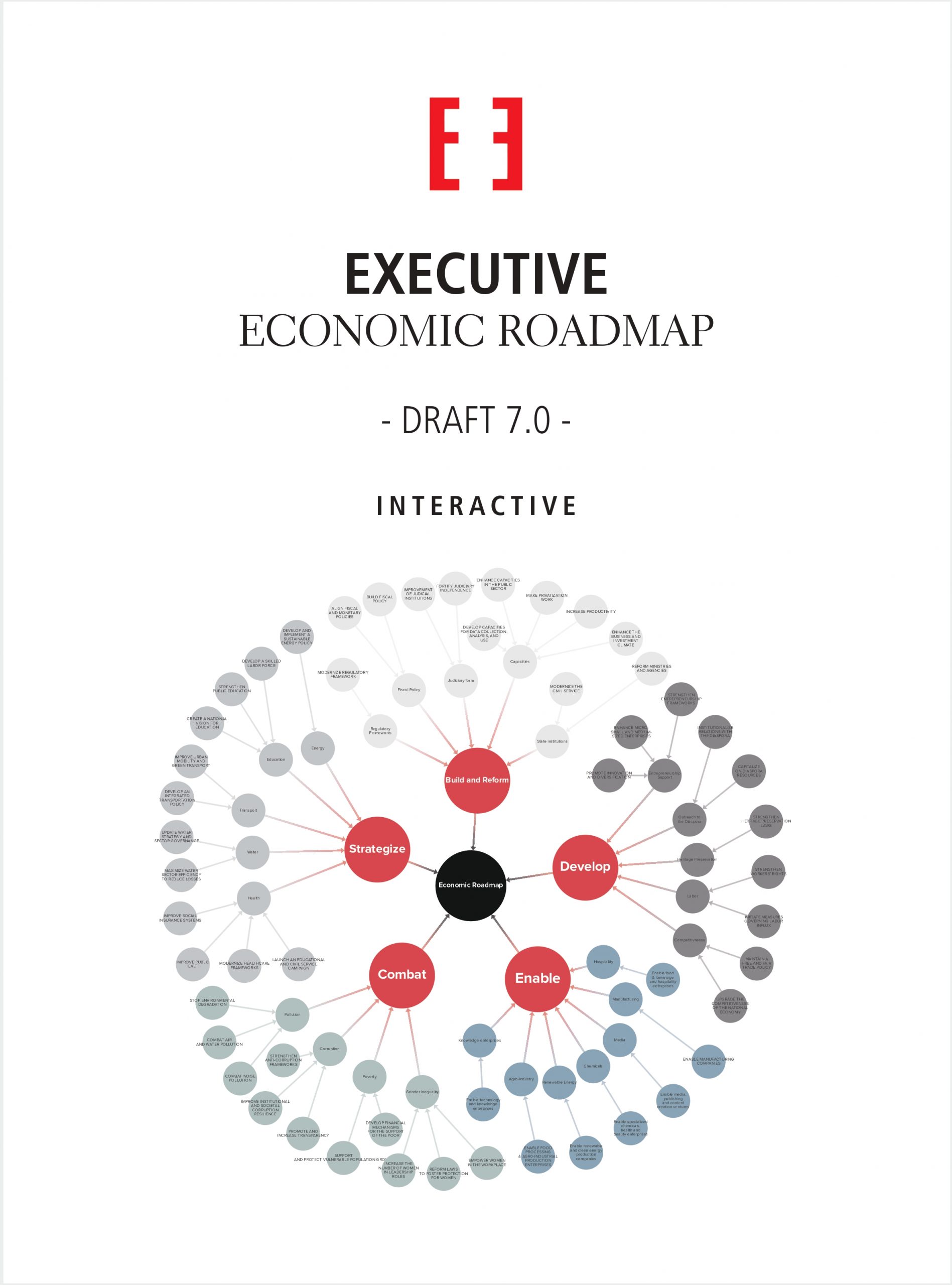The Gulf is once again pushing the boundaries of architectural innovation by building what will be one of the world’s largest urban developments and the tallest skyscraper. But unlike the past few years where the biggest, largest, tallest and most expensive were monikers applied to projects in Dubai and Qatar, Kuwait is now in on the act with the City of Silk.
The $132 billion project will transform Kuwait as the mega-development rises from the desert over the next 20 years to cover 250 square kilometers. And unlike other projects underway in the Gulf, the City of Silk (Madinat Al Hareer) is to become a central part of Kuwait’s economic future as it moves to diversify away from hydrocarbon revenues, slated to contribute $15 billion to the country’s annual GDP by 2030.
The project also aims at turning Kuwait into a more knowledge-based economy through investment in the media and entertainment sectors at the City of Leisure, a hub for universities and education, and for environmental research at a wildlife reserve at the City of Ecology. Due to the strategic location of the project in northern Kuwait, improved economic ties with neighboring Iraq and Iran are also an aspect of the development’s aims.
“City of Silk is a diplomatic and economic initiative that far outstrips the introverted property developments throughout the Middle East,” said Eric Kuhne of London-based architects Eric R Kuhne and Associates, the firm designing the project.
“It is a port city that will open the closest saltwater port to Central Asia and it is a gateway city that will become a catalyst for the Iraqi and Iranian economies. It will create a new economic development zone for trade in the Gulf,” he added.
To be managed by Tamdeen, funding for the City of Silk is through the private sector and from the state. Currently being discussed in parliament as a new Economic Development Zone, the government is expected to fund primary infrastructure. Part of this is Kuwait City’s need for a new financial district, so the plan is to build a City of Trade and Commerce on Kuwait Bay. A port and airport are also to be incorporated into the project, which ballooned the projects costs from an estimated $86 billion earlier this year to the current $132 billion.
Massive infrastructure projects
“The cost shift is because the new airport to the west and the new port to the east have been folded into the budget,” said Kuhne. “These huge infrastructure projects, which are employment centers unto themselves, are what have contributed to the apparent ‘doubling’ of the budget. All of this is exceptionally good news, as City of Silk is about building primary infrastructure for the region as much as creating a 21st century model of Arabian Urbanism.”
Indeed, with the GCC awash in oil money, Gulf states have invested heavily in mega-projects to build cities and economic zones from scratch. Following somewhat later than the UAE, Qatar and Saudi Arabia in such mega-projects, the Kuwait project will outsize any other such development in the GCC.
With 750,000 people to be housed at the City of Silk and jobs for 430,000, in terms of size the project is behind only China’s re-housing project for one million people at the Three Gorges Dam.
By Arabian Urbanism, Kuhne is referring to the structure of the project, made up of 30 communities averaging 25,000 people, within which are five to seven villages of 5,000 to 7,000 inhabitants. “The molecule of Arabian life is the family and this is a profound difference with planning from North America and Europe that is organized more around the individual. City of Silk replaces antiquated planning philosophy and strategies with one that is inspired by the cultural and behavioral patterns of the Middle East,” he said.
But in keeping with other architectural projects and trends in the Gulf, the City is also at the cutting edge of design, with plans to build one of the highest towers in the world at 1,001 meters. And in such an arid area, cutting edge science is being used for water supplies, such as the Seawater Foundation developed saltwater irrigation system, and from sweet water wells, grey-black water recycling, and desalinization plants.


